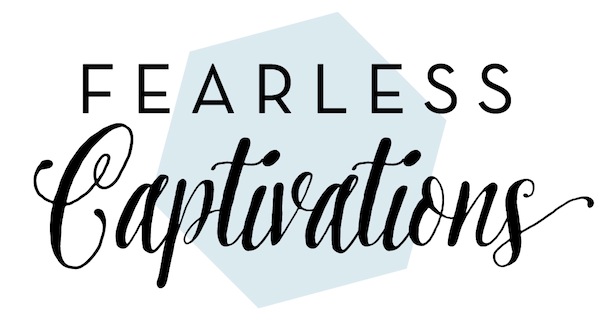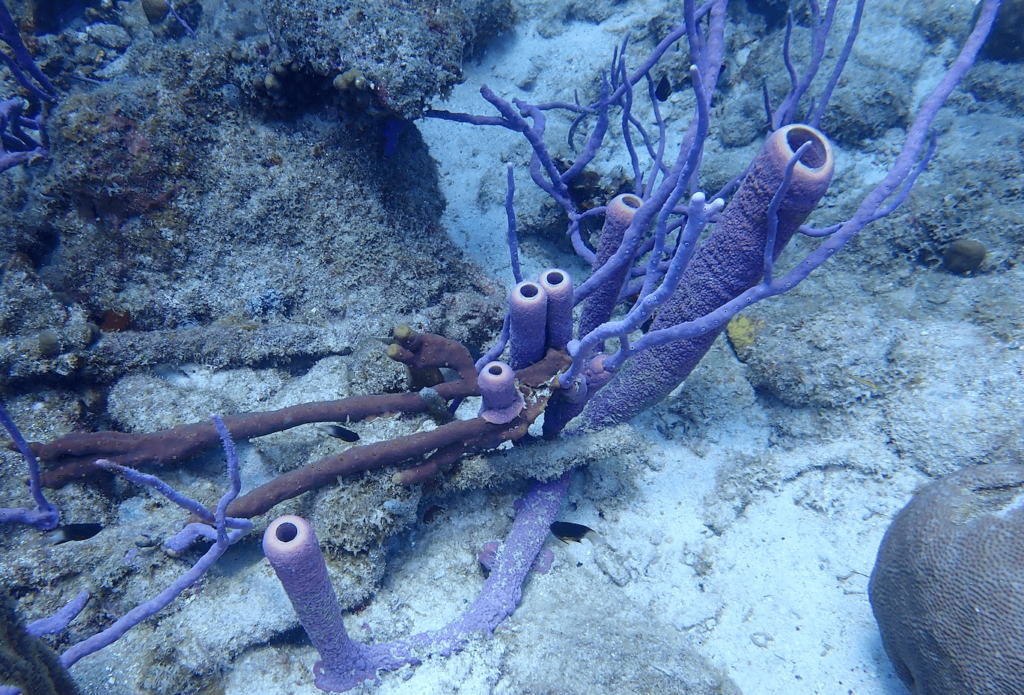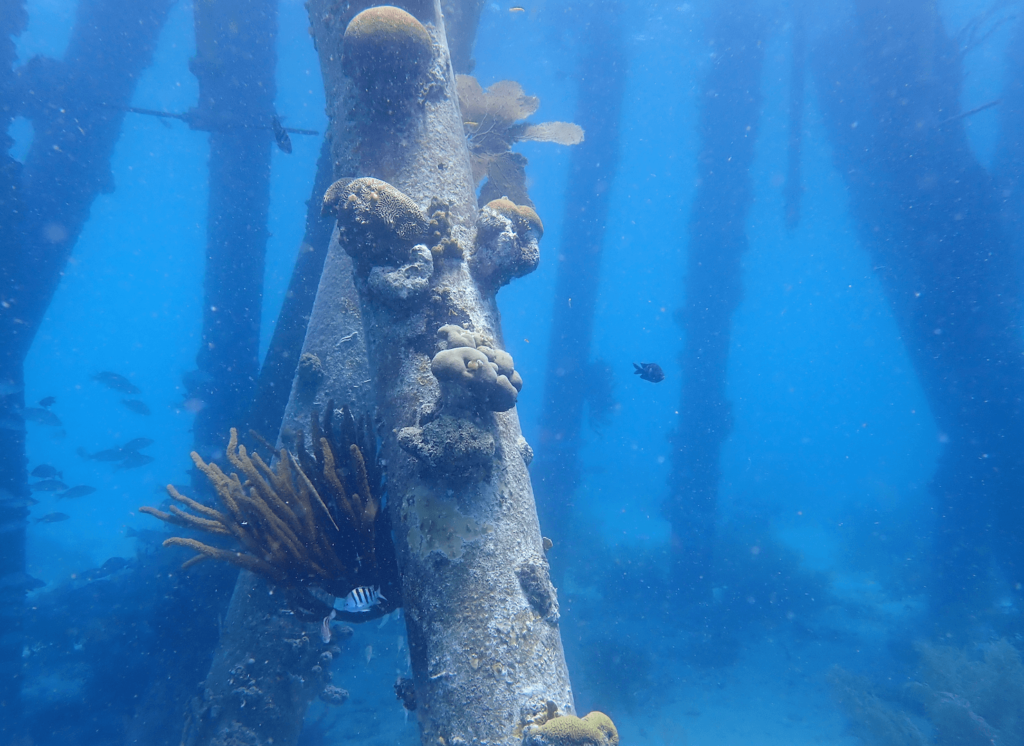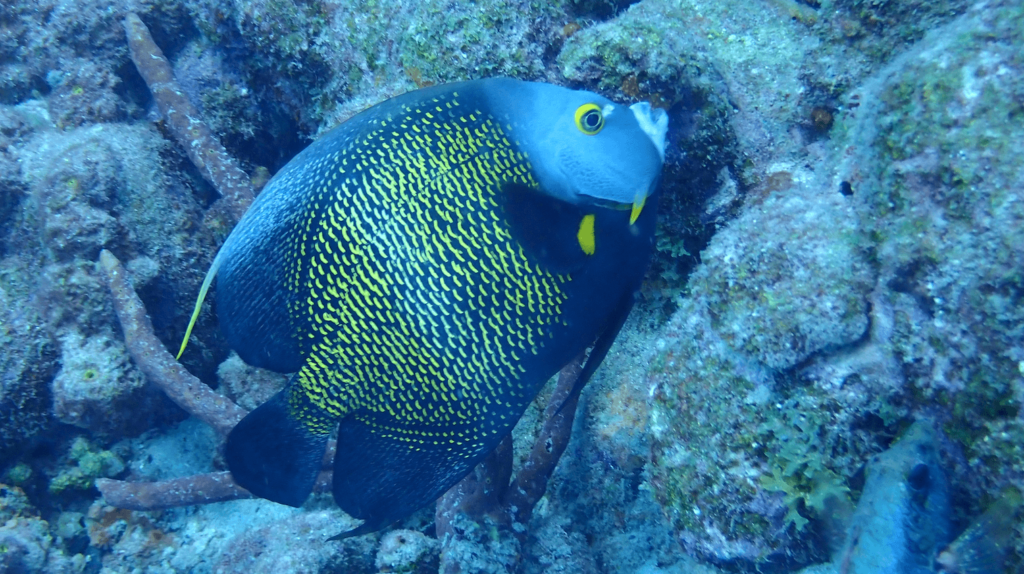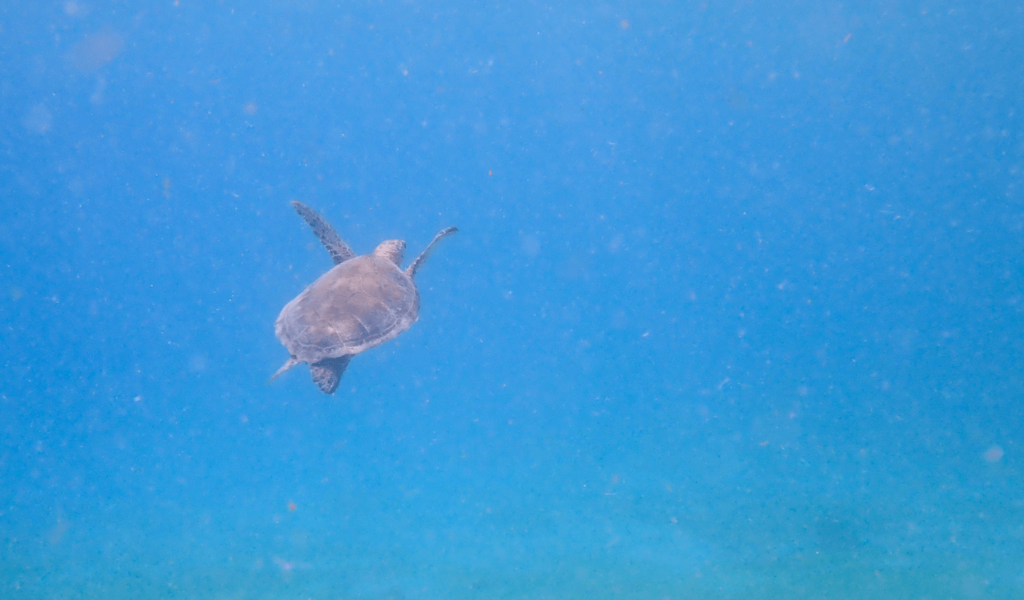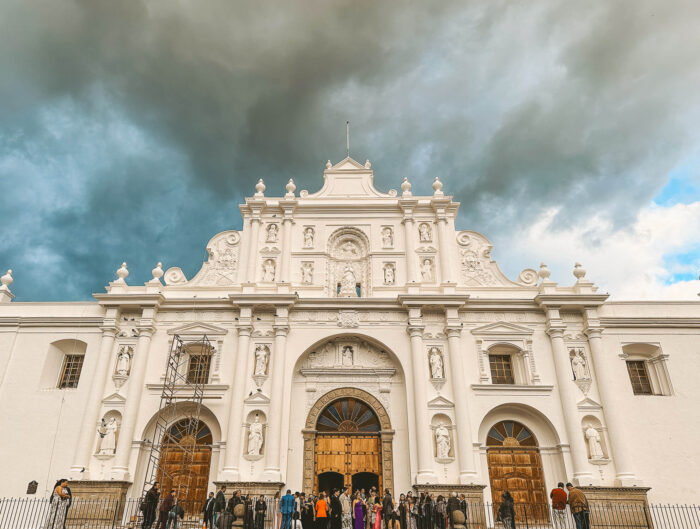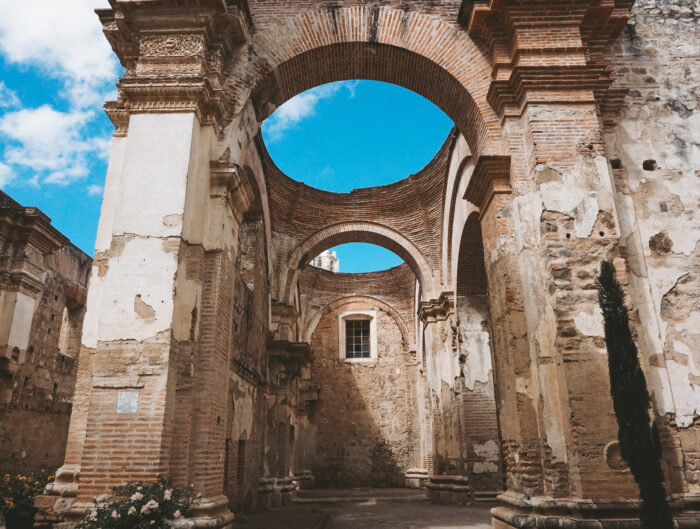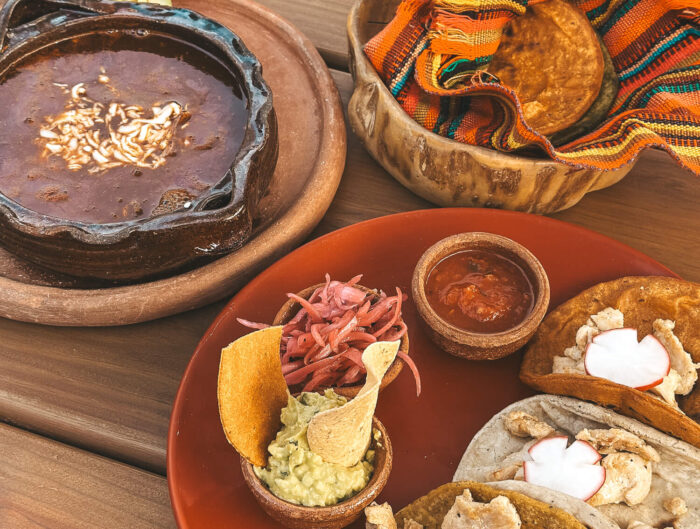Bonaire is the laid-back Caribbean island you want to visit if you’re a scuba diver or you want a quiet place to get away. Use this travel guide to help plan your trip!
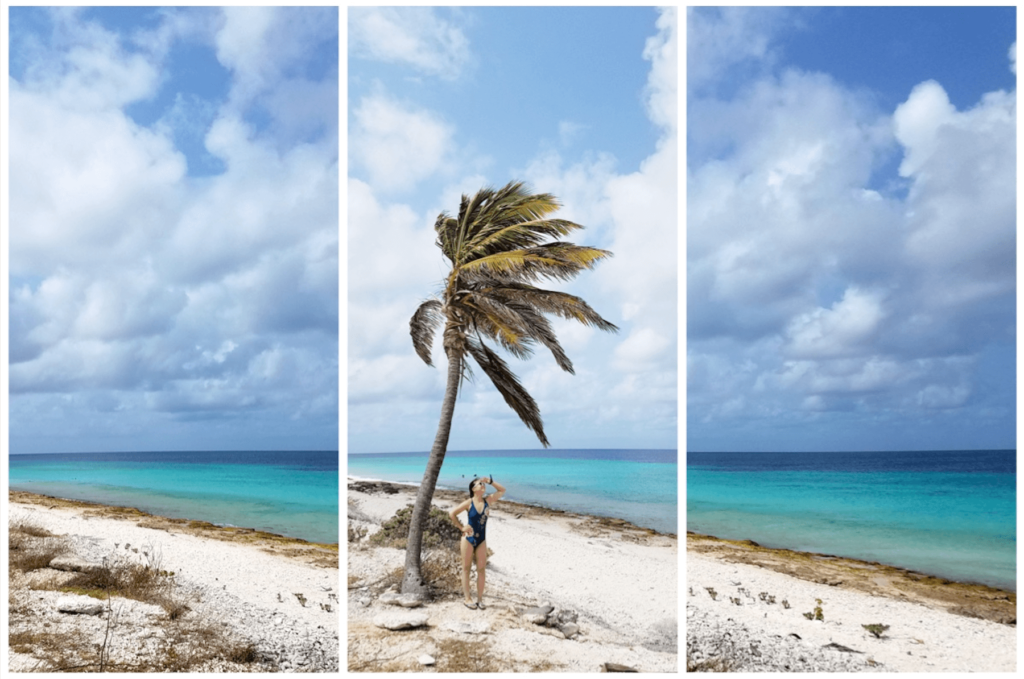
You likely have never heard of Bonaire unless you’re a scuba diver or if you’ve gone on a Caribbean cruise. It’s one of the best dive destinations. Located in the Southern Caribbean, it’s also on cruise routes that include Curacao, Aruba, Puerto Rico, and more.
A municipality of the Netherlands, this Dutch island is located north of Venezuela next to Curacao, which is next to Aruba.
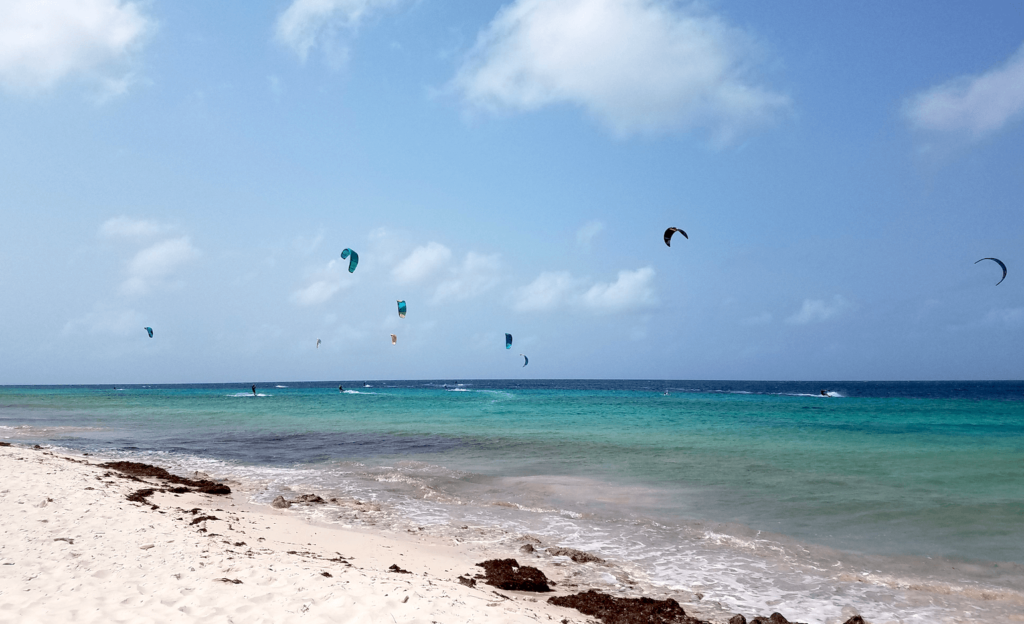
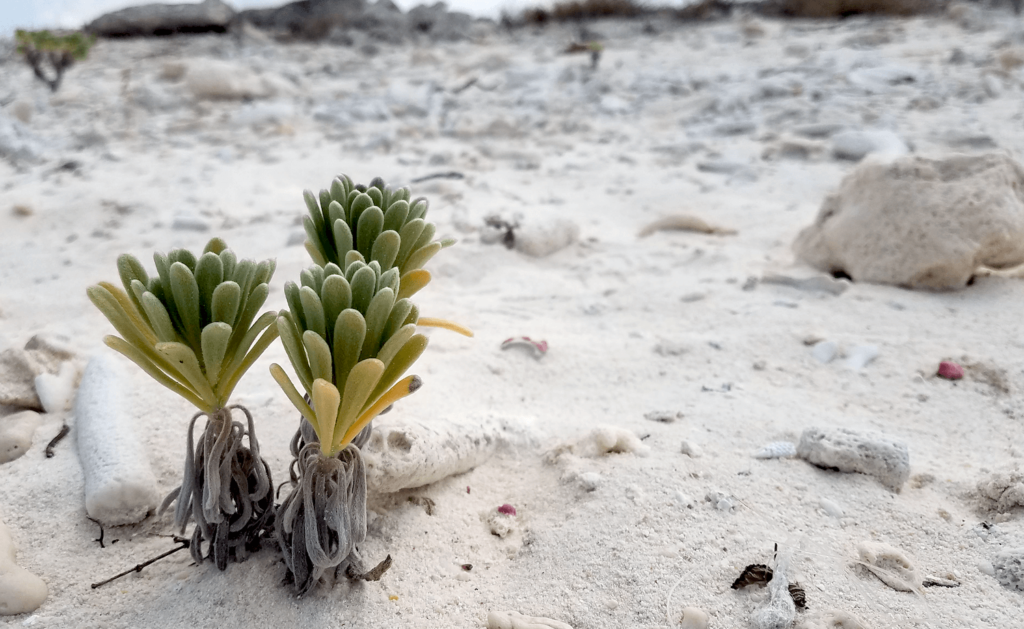
Is Bonaire Worth Visiting?
If you scuba dive or snorkel, this island is a must-visit! Diving doesn’t get easier than this. Rent a car and you’ll be popping in and out of dive sites easily. Access from the shore is fairly easy and the dive sites are pretty easy to navigate.
If you don’t scuba dive or snorkel, there are a few beaches and a handful of activities, including hiking and biking a national park. The weather is almost perfect year-round. The island may seem a little quieter to you if you’re not here to scuba dive but there are athletic activities like windsurfing. There isn’t really a nightlife and only a handful of shops to peruse.

Quick Tips
- Currency: The official currency is the U.S. dollar
- Language: The official language is Dutch and the native language is Papiamento (a creole combination of Portuguese and Dutch). English is common.
- Water: is drinkable from the tap
- Visa: Dutch and U.S. nationals can stay up to 180 days without a visa
- Time Zone: Atlantic Standard Time, same as Eastern Standard Time
- Restaurants and bars are usually closed by midnight. Most supermarkets are open until 8 p.m.
- Cities: Kralendijk and Rincón are the two main cities on the island and are about 24 minutes apart. Most tourists stay near Kralendijk and pass through Rincón.
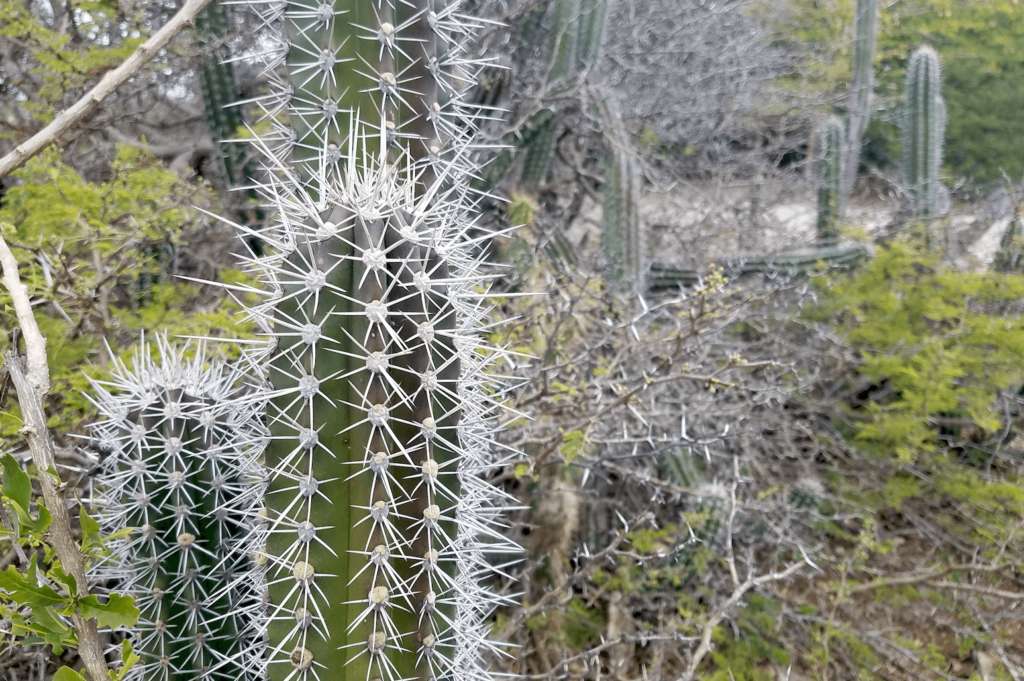
Best Time to Visit Bonaire
May through October will have the fewest tourists. This is typically hurricane season but since they are in the Southern Caribbean, they are usually not affected. Also, Bonaire has consistent weather year-round, so expect high 80s to lows in the high 60s. December through April is the peak season, so prices may be higher in this timeframe. We visited in March and didn’t think it was crowded.
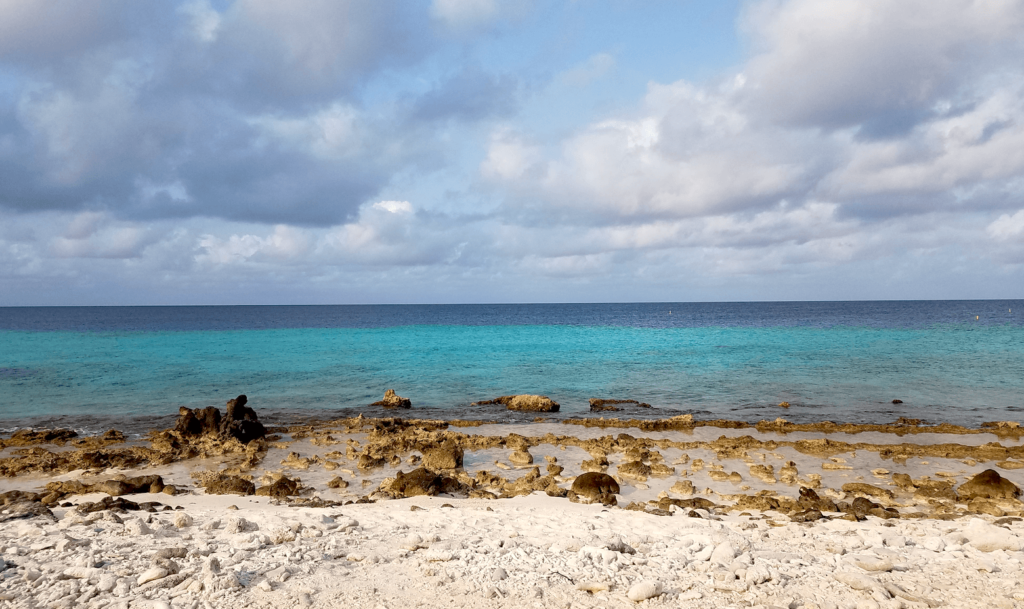
How to Get to Bonaire
You’ll land at Bonaire International Airport (BIA). U.S. flights come from Houston, Miami, Newark, and Atlanta. Internationally, flights also come from Curacao, Amsterdam, St Maarten, and Aruba. Flights from Houston are about five hours.
Many cruise ships also visit Bonaire. Look for routes to the ABC Islands in the Southern Caribbean, also stopping at nearby islands Aruba and Curacao.

How to Get Around Bonaire
With a few main roads, it’s easy to get around Bonaire, but you’ll need a car or scooter to get around. Rent a truck if you will be shore diving. There are also taxis if you don’t want to drive.
When you’re driving north on the main road on the West Coast, the road becomes one-way around the Tolo dive site, just past 1000 Steps. That means you’ll need to drive all the way around the island, through Rincón, to get back to downtown. So, avoid going this far unless you’re doing it on purpose!
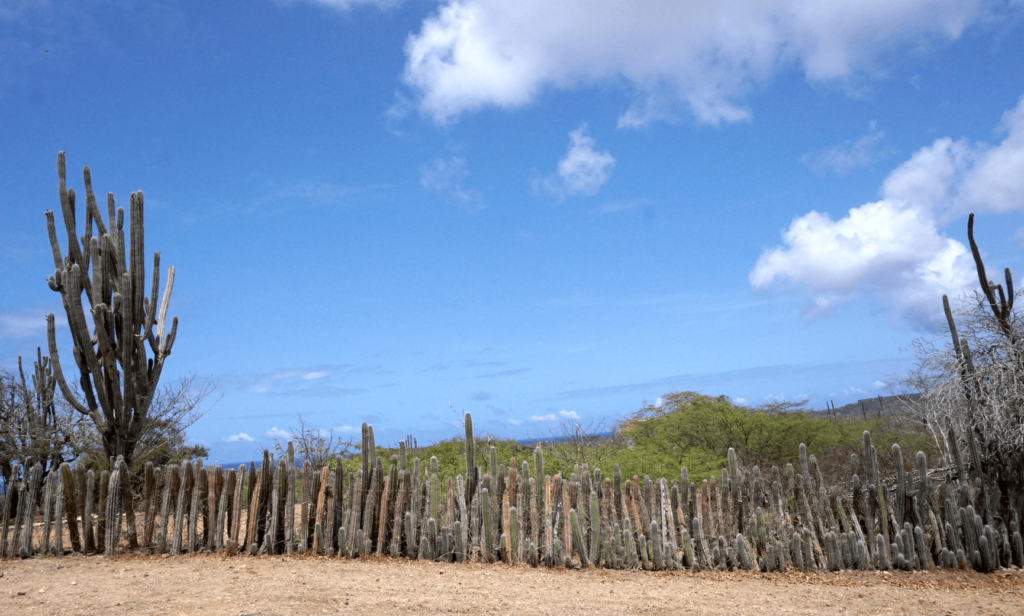
Where to Stay in Bonaire
Since our friend’s friend rents out a house, this was the primary reason for visiting Bonaire and we didn’t need to look for a place to stay. This house was in Tera Kora, an ideal location on the island and near downtown Kralendijk, though very much a local neighborhood. Check Vrbo for local rentals.
If you’re looking to do a lot of diving, check out:
If you’re looking for places with a bit more luxury and less about diving, see these:
- Bellafonte Bonaire
- Boutique Hotel Sonrisa
- Delfins Beach Resort
- Bamboo Bali Bonaire
- Windhoek Bonaire
- Oasis Guesthouse Bonaire
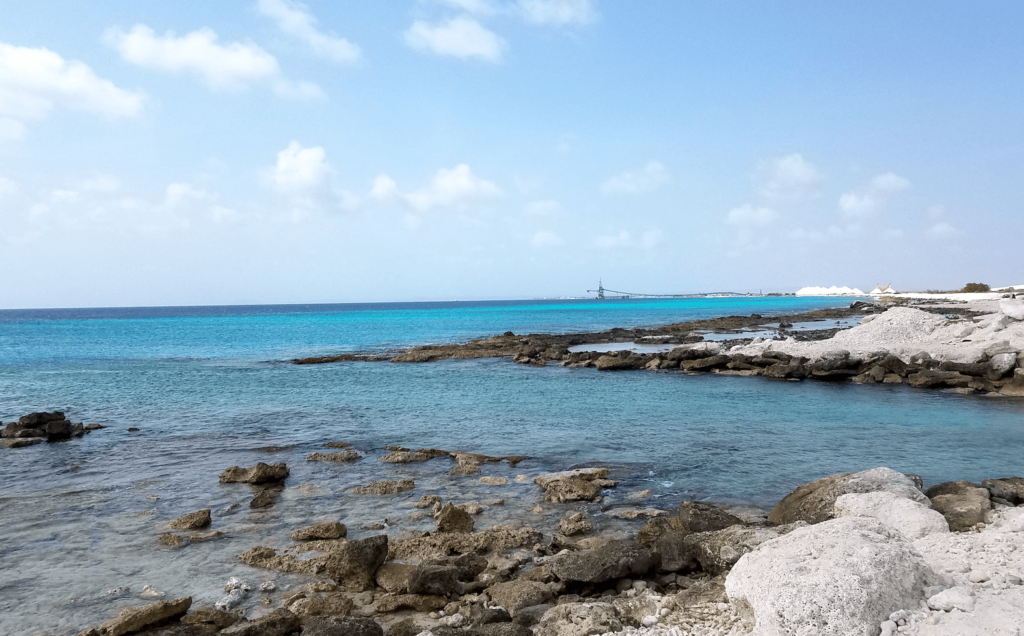
What to Eat and Where to Eat in Bonaire
See this post for all the information about dishes you will find in Bonaire and restaurant recommendations. Get ready for fresh seafood and goat stew!



Diving in Bonaire
Bonaire is known for its diving, so I’ve got a FULL post about this! Did you know Bonaire is the “shore dive capital of the world?” How many of the 86 shore diving spots will you visit? Are you ready to spot scorpionfish and frogfish? Have you ever seen the glowing ostracods? Want to see 40 sea turtles in one dive? See the post here for all the information!
Best Things to Do in Bonaire That Aren’t Diving
While we spent most of our hours diving, we enjoyed our surface intervals cruising around the island and had a full day to explore before we left. I’ve included some of the suggestions and more below.
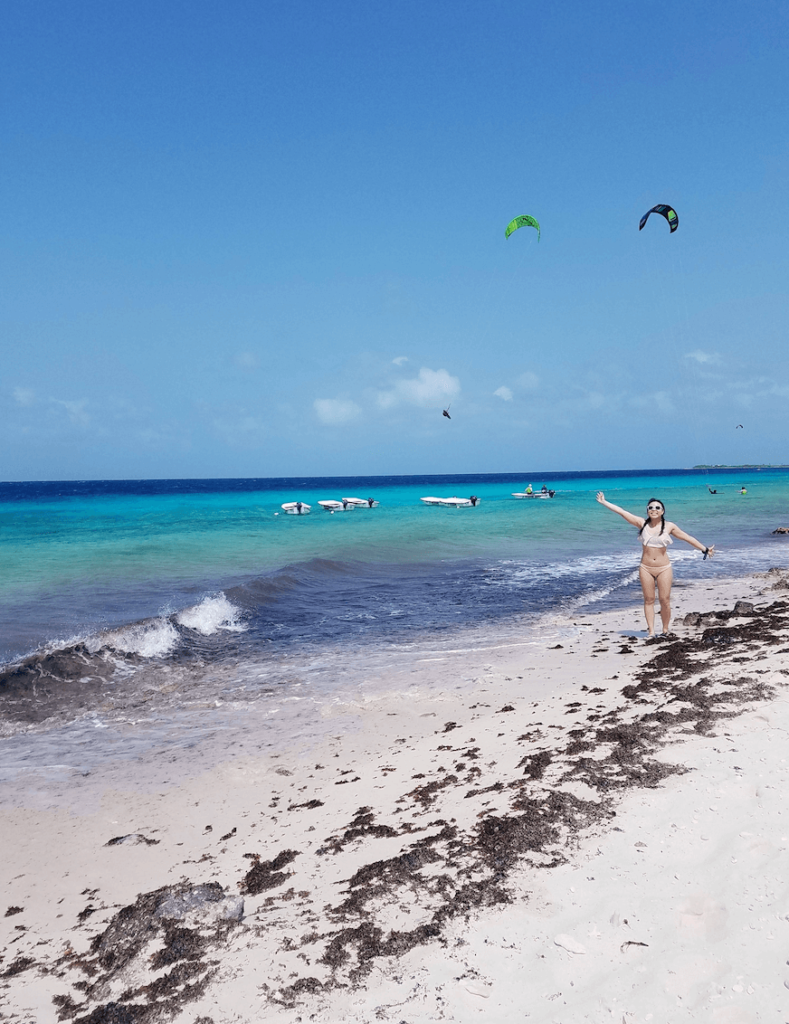
Bonaire Landsailing Adventures
When we passed by this landsailing track, we knew we would be back! We spent 30 minutes racing around the track on these wind-powered karts. (See us in action in the video below.)
Windsurf
Want to try out a new sport? Bonaire’s winds help train the island’s award-winning professional windsurfers and you can try it out for yourself. Visit the Sorobon area, like Jibe City, for classes and rentals.
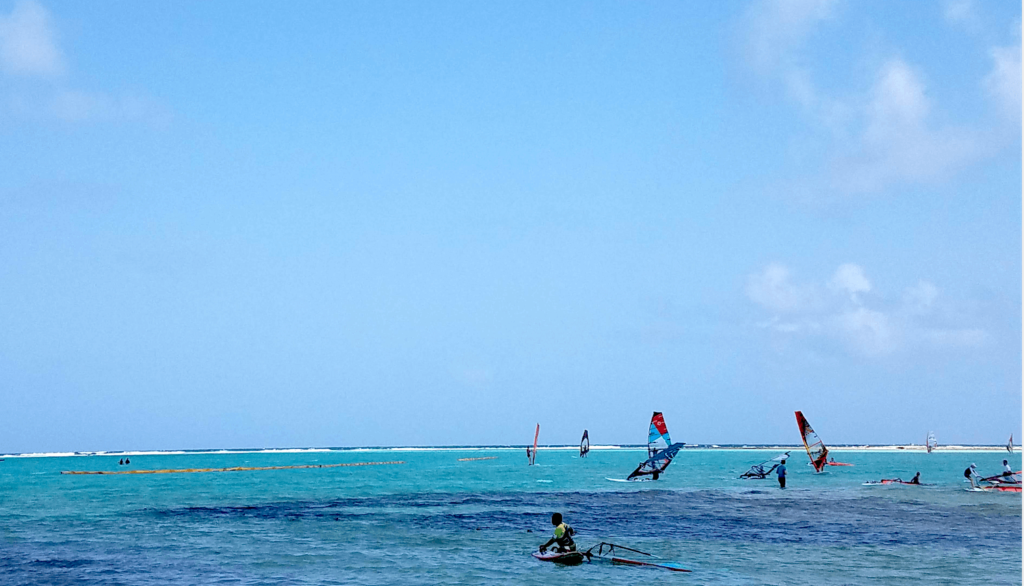
Beaches
These sandy beaches are the ideal place to relax and enjoy the view.
- 1000 Steps
- Atlantis Beach – where you can also watch kite surfers
- Eden Beach
- Pink Beach
- Te Amo – look for food trucks nearby
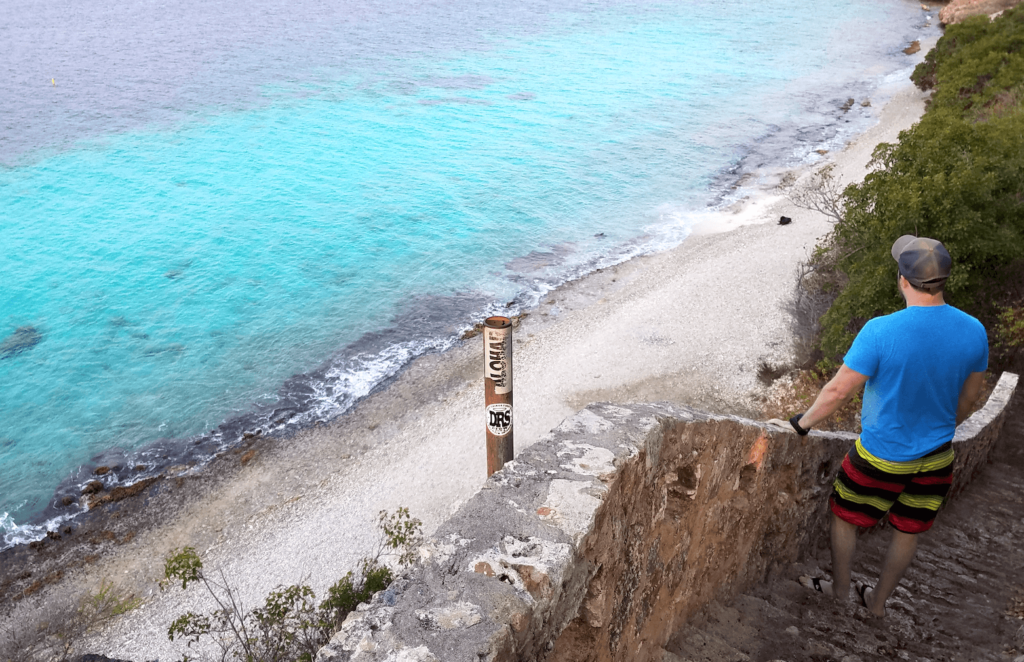
Washington Slagbaai National Park
If you’re interested in biking or hiking, visit the national park in the north of the island.
Downtown Kralendijk
You’ll find plenty of souvenir shops, restaurants, and bars in the area. If a cruise ship isn’t docked, downtown gets eerily quiet and some shops might be closed in the afternoon.
Cadushy Distillery
Have you ever drank a cactus? Visit the Cadushy Distillery in Rincón or the shop in downtown Kralendijk. We opted for the downtown shop but ultimately, went to a nearby bar to try the liqueur in a cocktail, which was a great idea.

Salt Pans
Driving south, you can’t miss it. The white mountains in the distance. “It’s moving!” Yes, you might even see the salt being poured on the top of the mountain. Bonaire has produced salt since the 1600s. Algae is what makes the salt fields look pink. Brine shrimp eat the algae and flamingoes eat the shrimp, which is why you’ll spot the birds nearby.
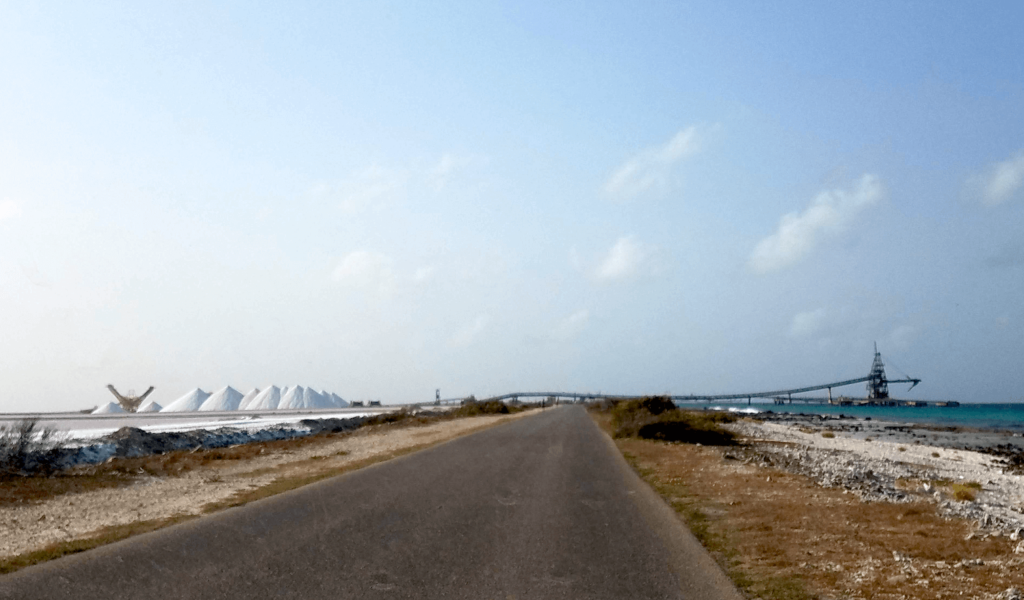

Flamingo Watching
Further south from the Salt Pans is where you can visit Pink Beach and spot tons of flamingos. You can also go to Gotomeer in the north of the island.
Echo Conservation Center
Bonaire isn’t only serious about preserving their sea life. Echo is focused on protecting the endangered yellow-shouldered Amazon parrot of Bonaire. Only 1,000 parrots are left and this conservation center will teach you all about them.
Slave Huts
This is more of an FYI so you know what it is when you see it. Around the south part of the island, you’ll see clusters of small huts in orange, white, and yellow. Built in 1850, these slave huts, about two feet high, were where 4-6 slaves crowded to sleep. On Sundays, slaves would walk six to seven hours to visit their families in Rincón, which is in the north of the island. It’s a part of Bonaire’s history and a frequently visited site.
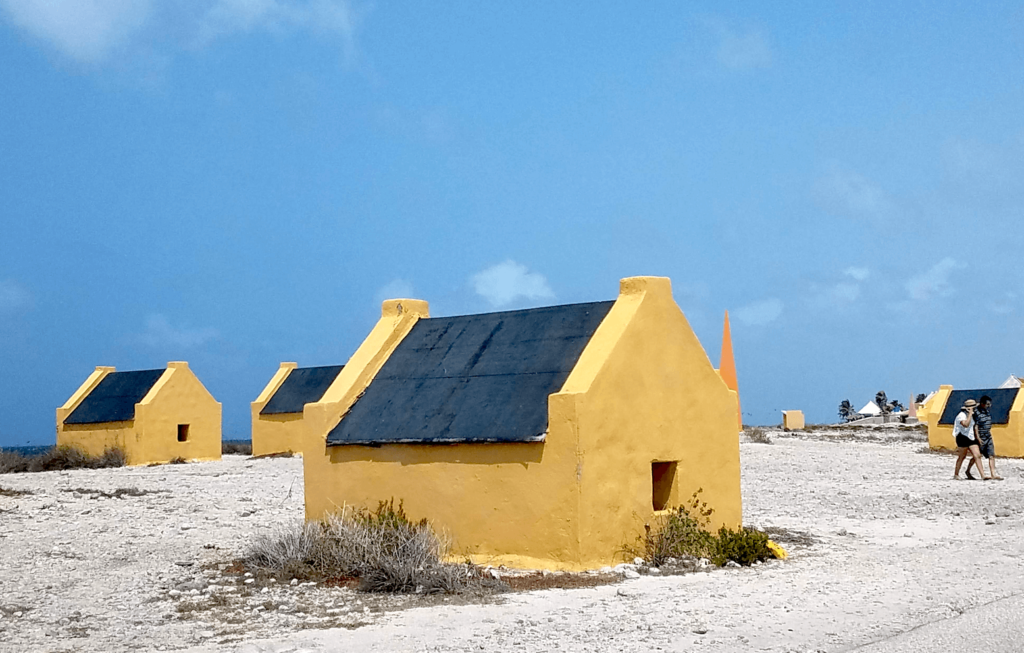
For more options, check out the Bonaire website.
Adventures in Bonaire Video
Here’s the video compilation from our trip! Can you name all the things we spotted underwater?
Conclusion
If you’re in the U.S. and want a quick jump for some excellent diving, Bonaire is your island. We were charmed by our adventures there, from spotting flamingos to eating fresh ceviche. Island vacation life is the best life and Bonaire made sure of that!
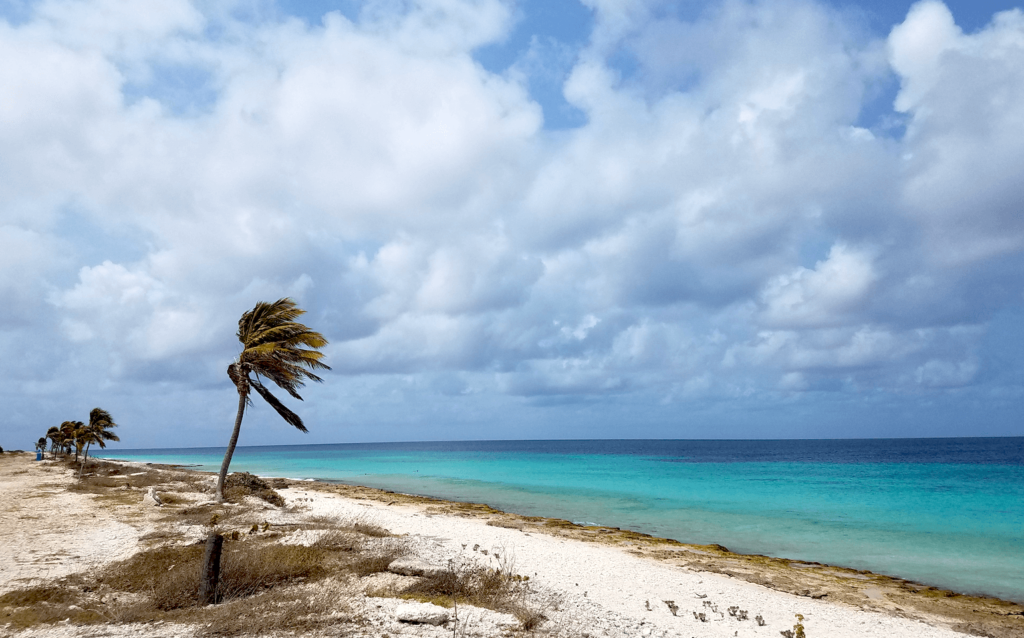
P.S. Want more Caribbean recommendations? Check out Roatan, Belize, or the Cayman Islands.
Keep up with my travel posts and adventures. You can find me on Instagram, Facebook, Twitter, Pinterest, and Bloglovin’. You can also subscribe to the exclusive email list.
